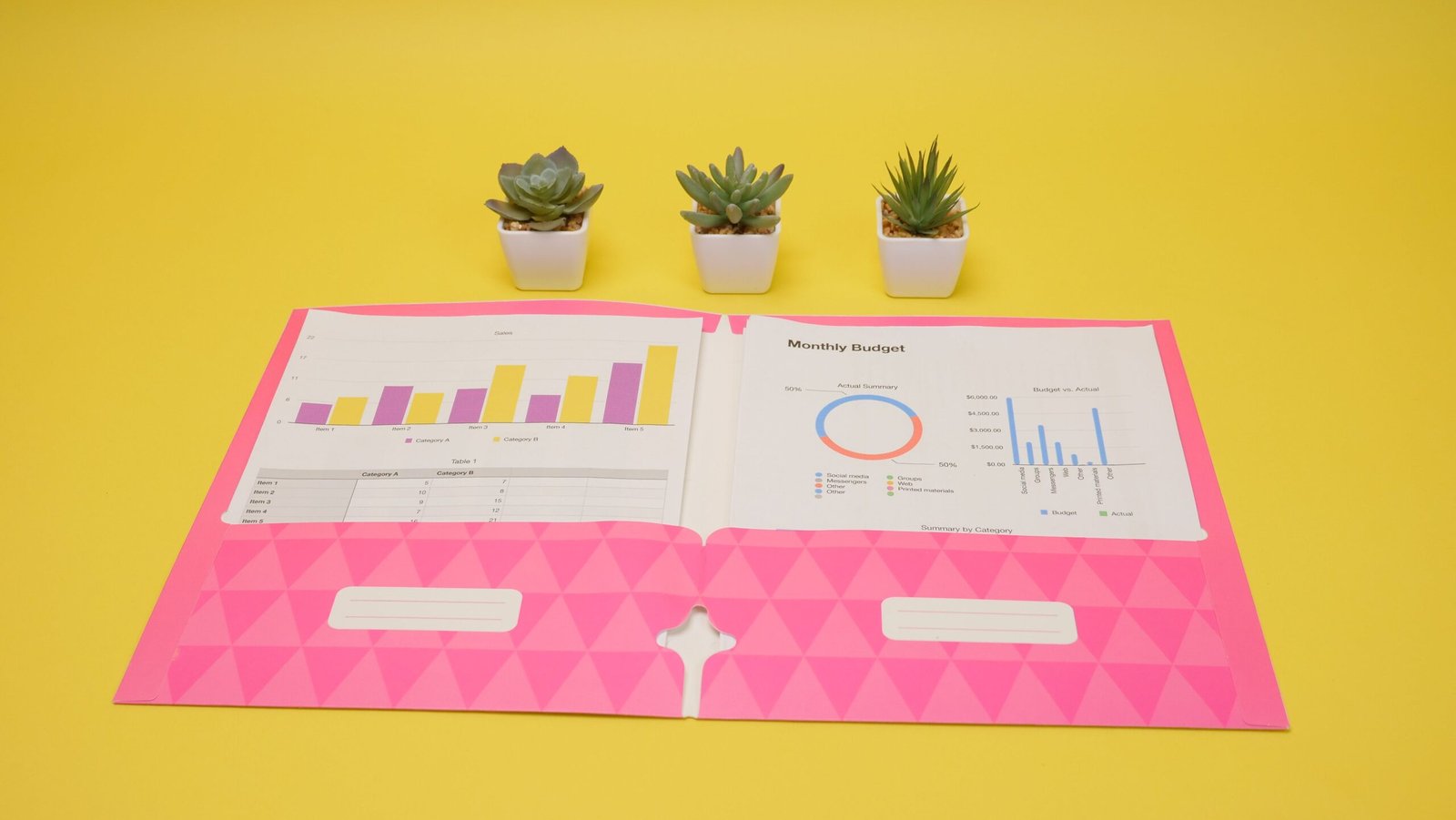Turning the insights you get from datasets into something you can share with other people – and have them understand what you’re on about – is a challenge. And a skill that is becoming increasingly vital for data journalists…and anyone else faced with making sense of lots of data.
One way to effectively tell stories from your data – whether it’s presenting complex analytics or conveying trends – is to use data visualisation to get your point across.
But what are the essential building blocks for creating impactful visualisations that resonate with audiences? Let’s explore four key things to think about when creating your charts and graphs.
Understand Your Audience
Before diving into charts and graphs, take the time to think about who is likely to be viewing your visualisation. This could be the readers of your news website, the people you work with, customers etc.
Consider their level of expertise, their interests, and what they are likely to want to get out of the visualisation. Think about things like:
- Are they familiar with different graph types?
- Do they need more context?
- Are they after the answer to specific questions?
Tailoring your visualisation to meet the needs and preferences of your audience helps get your message across more easily and effectively.
One audience consideration you should always make is ensuring your visualisation is accessible – the Government Analysis Function has a really helpful guide for things to take into account.
Choose the Right Visualisation Type

Just as every key fits a specific lock, every dataset requires a suitable visualisation type.
Choosing the right visualisation type is crucial in effectively conveying your message. Try to use one that is unsuitable for the data or for the story you’re trying to tell, and you risk confusing your audience or conveying inaccurate information.
Whether it’s a bar chart to compare categories, a line graph to show trends over time, or a pie chart to represent proportions, selecting the appropriate visualisation ensures clarity and enhances understanding. The FT has a really helpful visual vocabulary which gives you ideas about different types of chart you can use for different types of data story.
Keep it Simple
Complexity is not always a plus when it comes to data visualisation.
The third key to a successful data visualisation is keeping your visualisations simple and easy to understand. Avoid overwhelming your audience with every single bit of data (regardless of relevance), too many insights, unnecessary details or overly intricate design elements.
Instead, focus on highlighting the most important information and removing any clutter that might distract from the main message.
Use Colour Wisely

Colour has the power to enhance or detract from the effectiveness of a visualisation (or just make it look really ugly).
Choose a colour palette that complements your data and helps convey your message effectively. Use colour strategically to highlight key data points, differentiate between categories, and provide visual cues. However, don’t to overdo it – too many colours can confuse the audience and diminish the impact of your visualisation.
Need ideas for colour palettes? Try Color Brewer or Data Color Picker.
While this doesn’t cover everything you could consider when putting together a visualisation, considering these key points should help you make graphs and charts that better convey your message.
Want more insights into data and visualisation, sign up to the newsletter.
Images by Kindel Media, Lukas, and Alexander Grey on Pexels


